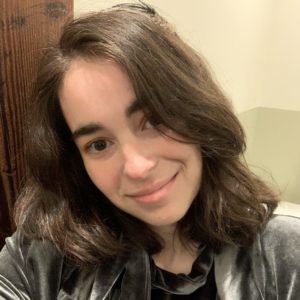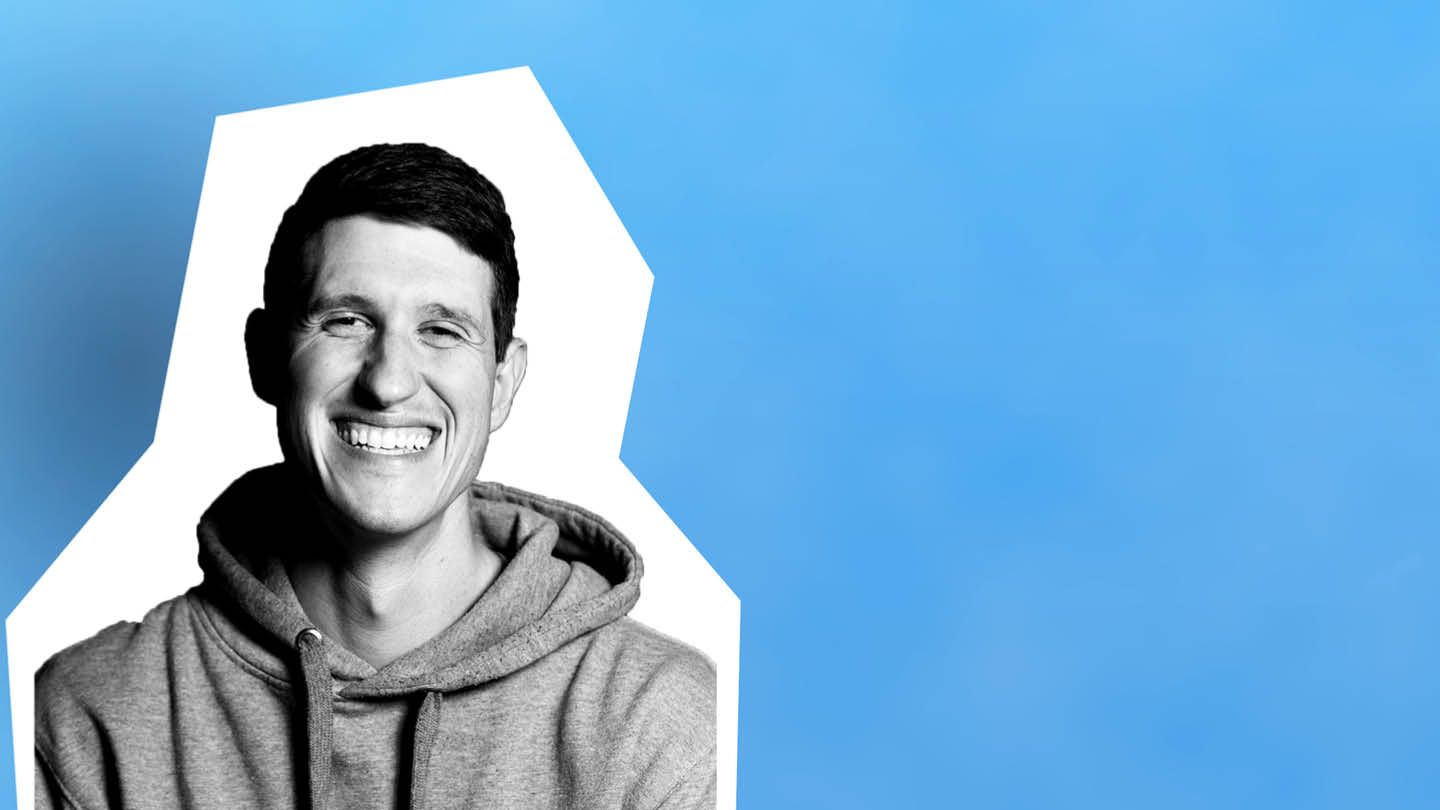Lacy Boggs, director at The Content Direction Agency, likes to take a novel approach to marketing — literally. “We’ve actually been writing a romance novella [for a luxury tea client] that she delivers serialized to her email subscribers every month,” Lacy says. “Each chapter is inspired by one of her tea blends.”
But she hasn’t always let loose creatively. When she first set out to prove herself as a marketer, the weight of corporate expectations held her back. “I wanted to be in that box because that’s what I thought people wanted,” Lacy says. “It took years of experience to feel like I could start to suggest things to clients that were a little more ‘out there.’”
Now she’s releasing a podcast, “Ace Stone, Marketing Detective,” set in the golden age of radio. It’s a love letter to noir and a tongue-in-cheek fiction that pokes fun at the very tropes and expectations she fought to overcome early in her career.
The purpose of the podcast is to demonstrate how to make branded content that’s fun. And that idea must be resonating with other content marketers, since within its first two weeks “Ace Stone” received over 1,200 unique downloads.
Lacy shared her tips for finding your creative spark while balancing personality and professionalism.
Lean Into Personality
It was when Lacy worked with Bluffworks, a travel clothing brand, that she really learned the power of personality as a marketing asset. Apparel brands can potentially be stuffy in their marketing campaigns, but that’s not the direction Bluffworks took.
Founder Stefan Loble “had such a great personality, and he was so adventurous,” Lacy says. “When I got brought in, they were in a new era of bringing that personality back to the brand, and it was just so inspiring.”
And with that strong of a personality at the helm, the brand took off. “We earned him $100,000 in funding from one email, and I wish it was because the email was so great,” Lacy says, “but it was because we had been building up this goodwill for three or four years through that kind of personality, marketing and branding.”
Stefan shared his experiences personally testing each item (including those from the women’s line, Lacy says). His documented journeying caught the attention of investors, resulting in spectacular fundraising from Lacy’s one email. “It wouldn’t have happened if we hadn’t spent the previous three years letting people get to know Stefan,” she says.
Lacy’s success with Bluffworks isn’t just a coincidence. She took steps to put Stefan’s personality front and center because, in addition to a strong product, he was the differentiator between Bluffworks and its competitors. Every content marketer can practice this principle, Lacy says.
“Embrace the personality of the brand,” Lacy says. “Whether that’s a person or just the brand itself, really lean into it.”
Influencer marketing often rests its potential on personality. Reaching that potential requires partnering with influencers your target audience can relate to and who feels authentic to your brand.
Entertain Possibly Absurd Ideas …
Of course, not every brand can do whatever it wants on social media and pull in investment. Leaning into personality without losing the authenticity of your brand is like walking a tightrope. Successfully navigating the chasm requires creative solutions.
“We’re in a spot as marketers where we have to be less reliant on what’s worked in the past and more ready to try something new,” Lacy says. “We’re just in that weird, liminal space where things are changing right now.”
Lacy’s process is the epitome of the phrase “There are no bad ideas.” But with that comes a balance — trying out unconventional marketing tactics while staying true to the brand’s personality and values.
“You have to have full buy-in from the client — full, enthusiastic buy-in. Otherwise, they’ll get nervous, and they won’t want to try,” Lacy says. “I don’t ever want to push somebody to a place they’re not ready to go.”
You need to practice careful and intentional communication before you bring up creative marketing ideas. Executives and business leaders have to trust you before they’re willing to take a risk on an unconventional marketing campaign.
Getting to know each other is always the first step toward entertaining possibly absurd ideas. “We always do a kickoff meeting with the client, and we’ll sit with the writer and brainstorm ideas,” Lacy says. “In a lot of ways, that’s where I can kind of feel out how far we can push this envelope.”
While Lacy works primarily with B2C brands, creative marketing campaigns can work with B2B brands, too, she says. You just have to have the important conversations up front to ensure that your marketing choices are true to the brand’s values and speak to your target audience.
… But Establish Boundaries
Writing a branded romance novella requires possible unusual conversations for a boardroom, and setting boundaries is a crucial step for these types of creative marketing endeavors. “In that instance, we had to put down guardrails, like, ‘How sexy is this romance going to be?’” Lacy says.
At the risk of getting steamier than a cuppa, Lacy and her team decided where to draw the line on content, tone and word choice before they began writing. “We’re sexy but not sexual. Or we’re funny but not crass,” Lacy says. “Those kinds of things really help define where you fall in those gray areas, and that can really help define what’s too much or what’s pushing the envelope too far.”
Setting guardrails includes determining how “branded” the story will be, too. Product placement isn’t necessarily creative marketing. (It can actually come off as a bit lazy, if I’m being honest.)
Lacy grappled with questions of how far is too far when it comes to pushing the tea brand in the romance novella campaign.
“How much branding can we actually put in the story before it feels stupid?” Lacy says. With the novella, she didn’t want overt references to the tea brand. Instead, she generated demand by pairing each new chapter with a specific blend.
And, while “Ace Stone” is a branded podcast, Lacy was careful not to go overboard with references to her own agency. “I decided at the end that it would just be sponsored by our company,” she says.
Marketing best practices tell us to find the story, and Lacy is taking that advice to the next level. What stories will you tell?






